Get Involved!
Want to follow the project, use our materials, or join an event?
We’d love to hear from you!
➡️ Contact your country’s partner: Cyprus University of Technology (CUT)
Tsitsi Theologia (Scientific Coordinator)
theologia.tsitsi@cut.ac.cy
➡️ Follow us on Facebook and LinkedIn.

Disclaimer
Funded by the European Union. Views and opinions expressed are those of the author(s) only and do not necessarily reflect those of the European Union or the European Education and Culture Executive Agency (EACEA). Neither the European Union nor EACEA can be held responsible for them.
Get Involved!
Want to follow the project, use our materials, or join an event?
We’d love to hear from you!
➡️ Contact your country’s partner: Cyprus University of Technology (CUT)
Tsitsi Theologia (Scientific Coordinator)
theologia.tsitsi@cut.ac.cy
➡️ Follow us on Facebook and LinkedIn.

Disclaimer
Funded by the European Union. Views and opinions expressed are those of the author(s) only and do not necessarily reflect those of the European Union or the European Education and Culture Executive Agency (EACEA). Neither the European Union nor EACEA can be held responsible for them.

